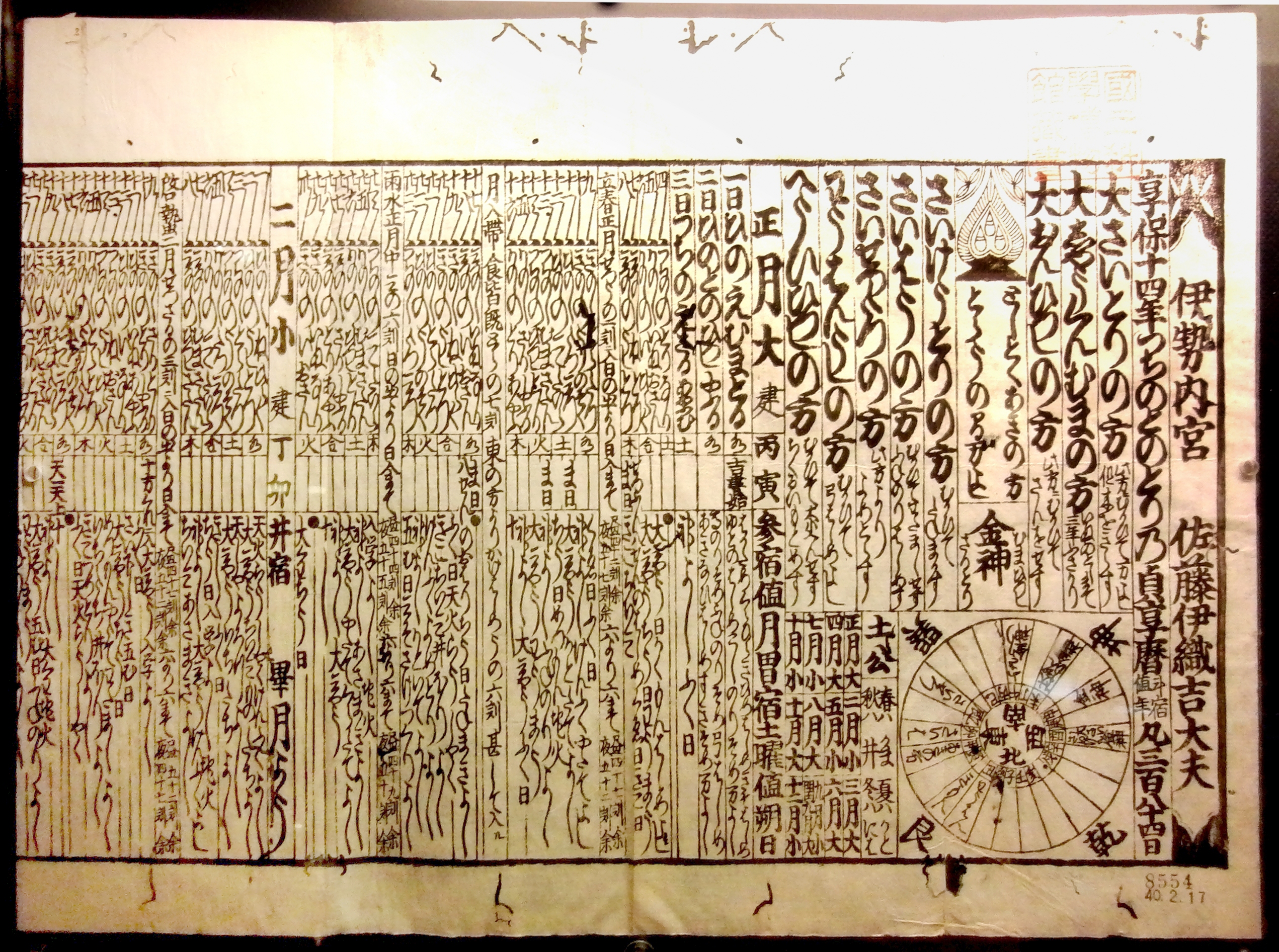Category : Life in Japan | Sub Category : Journeying through Japanese Living: Posted on 2023-11-06 11:19:00

Has historically followed the Japanese calendar and the nengo system of counting years. At the beginning of the Meiji period, Japan switched to the Gregorian calendar on Wednesday, 1 January 1873, but for much domestic and regional government paperwork, the Japanese year is retained. Japanese people and businesses have also adopted various conventions in accordance with their use of kanji, the widespread use of passenger trains, and other aspects of daily life.
The most commonly used date format in Japan is "year month day (weekday)", with the Japanese characters meaning "year", "month" and "day" inserted after the numerals. Example: 2008年12月31日 (水) for "Wednesday 31 December 2008". The weekday is usually abbreviated to a single character, e.g. 水 for 水曜日 ("Wednesday"), but may also be written in full, then usually without surrounding parentheses. Apart from the Gregorian calendar, the Japanese imperial calendar is also used, which bases the year on the current era, which began when the current emperor acceded to the throne. The current era is 令和 Reiwa and began in 2019. When using the imperial calendar, the year is prefixed with the era. For example, the above date using the imperial calendar is written as: 平成20年12月31日 (水); a more direct translation might be: Heisei year 20, Dec 31 (Wed).
Either form may be abbreviated as yy/mm/dd; periods as separators are not uncommon either. Examples: 20/12/31, 08.12.31. Ambiguities as to which calendar is used for the year are usually only resolved by the context in which the date appears, but imperial calendar dates may be prefixed with a single character or letter denoting the era, e.g. 平20/12/31 or H20/12/31. This is a shorthand notation and full dates are often the preferred way of resolving such ambiguities.



